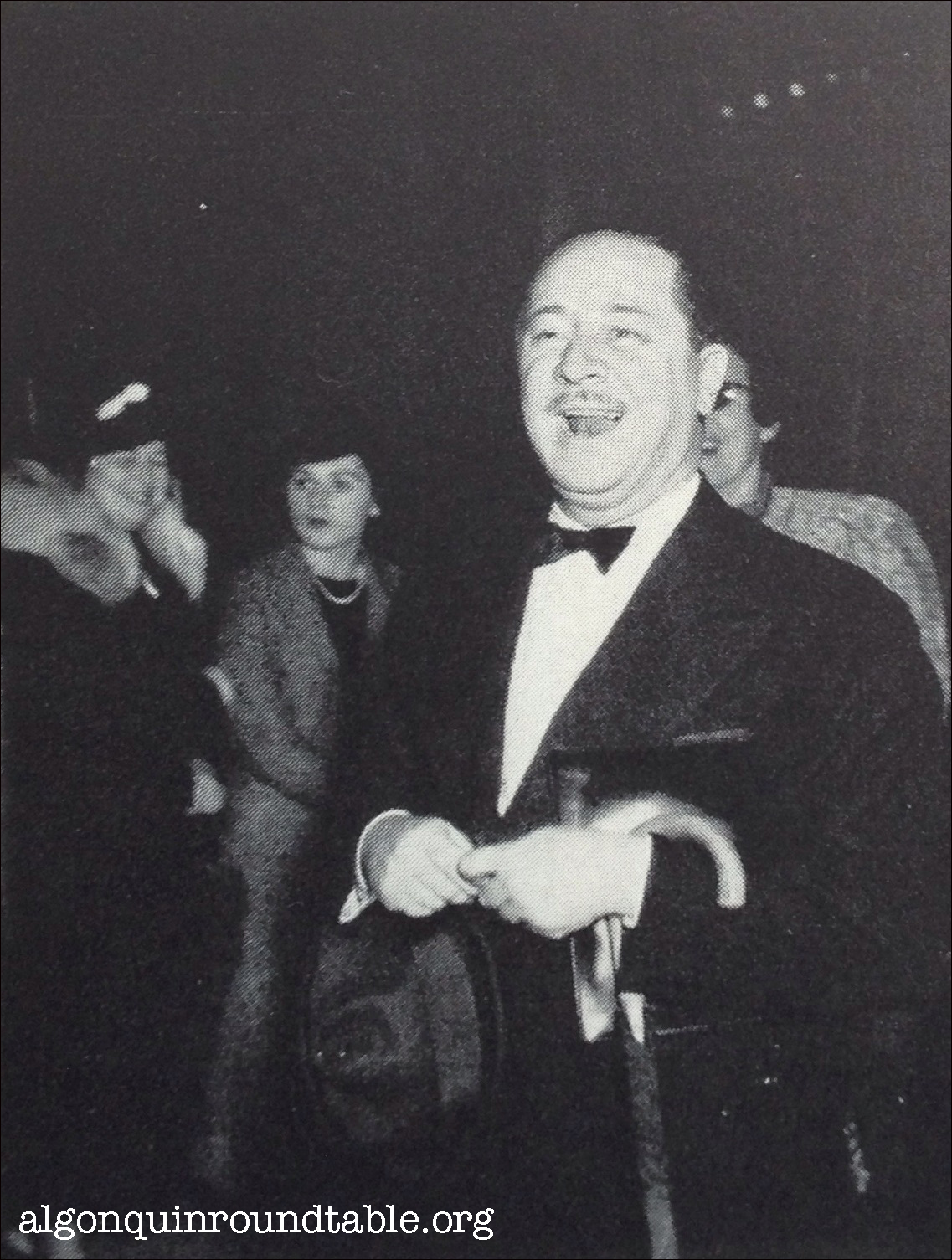Travel by the Book TV is Duane & Rachel Andersen who are reading and traveling. They love to visit spots that are associated with their favorite books and authors. This is about the Algonquin Round Table and features many of the names.
Travel By the Book TV on Vicious Circle
Related Post
Video From Talk About Vicious Circle WomenVideo From Talk About Vicious Circle Women
For the centennial of the first meeting of the Algonquin Round Table, author Kevin C. Fitzpatrick presented a brief talk at the Algonquin Hotel. He presented the women of the Vicious Circle–the ones not named Dorothy Parker and Edna Ferber. In this talk, learn about Jane Grant, who co-founded The New Yorker; Ruth Hale, who fought to preserve her maiden name after marriage; Neysa McMein, the popular magazine illustrator & artist; Beatrice Kaufman, the editor not ashamed of her husband’s cheating; Margaret Leech, the 2-time Pulitzer Prize winner; and the popular actresses Margalo Gillmore and Peggy Wood, both of whom were onstage for 50 years. Thank you Michele Gouveia for filming this.
For more about this subject, read the 2015 article 6 Women You Didn’t Know Were Members of the Algonquin Round Table.

Vicious Circle Virtual Tours Begin April 3Vicious Circle Virtual Tours Begin April 3
The tour will be Friday, April 3, 10, 17 and 24.
The Algonquin Round Table comes alive in the only New York tour devoted to the famed literary group. It met from 1919-1929 and is America’s most well-known group of writers. We will trace the footsteps (from your house) of the legendary wits Franklin P. Adams, Robert Benchley, Heywood Broun, Marc Connelly, Edna Ferber, George S. Kaufman, Harpo Marx, Dorothy Parker, Harold Ross, Robert Sherwood, Alexander Woollcott, and the rest of the “Vicious Circle.” The tour explore the architectural and historical stories of the buildings and landmarks linked to them.
The tour “begins” and “ends” inside the world-famous Algonquin Hotel, a national literary landmark. This 1-hour tour will visit more than 30 places. Tour Highlights:
• See the Theatre District and the landmark Broadway playhouses;
• Visit the locations of the former speakeasies of Rockefeller Center;
• See where the Round Table lived in Hell’s Kitchen during Prohibition;
• Learn about their 1920s friends such as F. Scott Fitzgerald;
• See where The New Yorker, Vanity Fair, and Vogue magazines began.
Not only will you get a taste of New York history, but it’s a great way to learn about the past and also see how little has changed over the decades.
The guide is Kevin C. Fitzpatrick. He is the author of The Algonquin Round Table New York: A Historical Guide (Lyons Press), A Journey into Dorothy Parker’s New York (Roaring Forties Press), and Under the Table: A Dorothy Parker Cocktail Guide (Lyons Press), among others. He’s president of the Dorothy Parker Society.

Listen to The Secret Life of Walter MittyListen to The Secret Life of Walter Mitty
Today is the 74th anniversary of recording The Secret Life of Walter Mitty (1944).
“The Secret Life of Walter Mitty” with Robert Benchley. Recorded for CBS on Dec. 20, 1944. Based on the 1939 short story by James Thurber, this is the full radio dramatization. It comes from “This Is My Best” radio series. Thurber praised Benchley’s performance, and didn’t like the 1947 Danny Kaye musical comedy version. Mogul David Selznick approached Benchley in 1940 about making a short film based on the Mitty story that first appeared in The New Yorker, but it didn’t work out. Less than a year after this recording was made, Benchley died in New York. “The Secret Life of Walter Mitty” is included in “Thurber Writings and Drawings” (Library of America series).
From The Algonquin Round Table New York: A Historical Guide (Lyons Press, 2015), by Kevin C. Fitzpatrick, with a foreword by Anthony Melchiorri.
